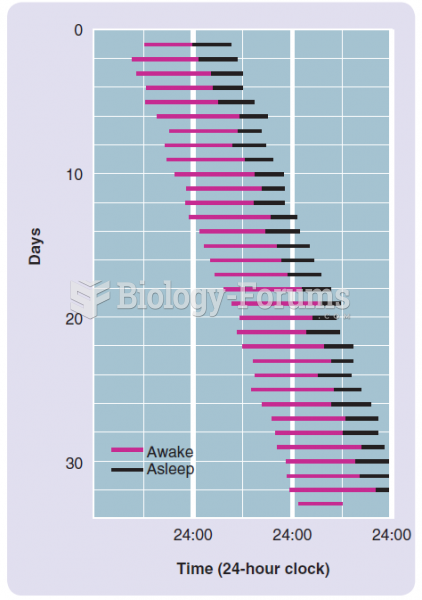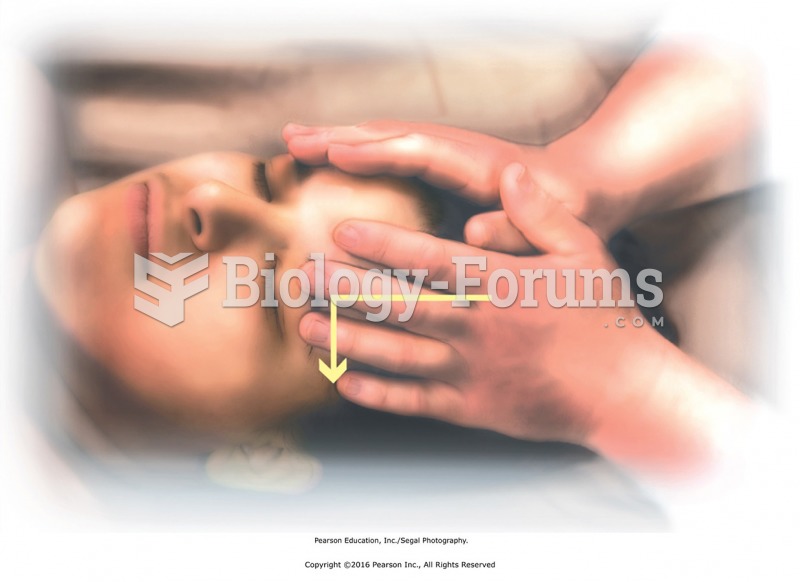|
|
|
Warfarin was developed as a consequence of the study of a strange bleeding disorder that suddenly occurred in cattle on the northern prairies of the United States in the early 1900s.
The most common treatment options for addiction include psychotherapy, support groups, and individual counseling.
About 100 new prescription or over-the-counter drugs come into the U.S. market every year.
Bacteria have been found alive in a lake buried one half mile under ice in Antarctica.
Your skin wrinkles if you stay in the bathtub a long time because the outermost layer of skin (which consists of dead keratin) swells when it absorbs water. It is tightly attached to the skin below it, so it compensates for the increased area by wrinkling. This happens to the hands and feet because they have the thickest layer of dead keratin cells.
 Single-dose drug administration: pharmacokinetic values for this drug are as follows: onset of actio
Single-dose drug administration: pharmacokinetic values for this drug are as follows: onset of actio
 A free-running circadian sleep–wake cycle 25.3 hours in duration. Despite living in an unchanging ...
A free-running circadian sleep–wake cycle 25.3 hours in duration. Despite living in an unchanging ...





